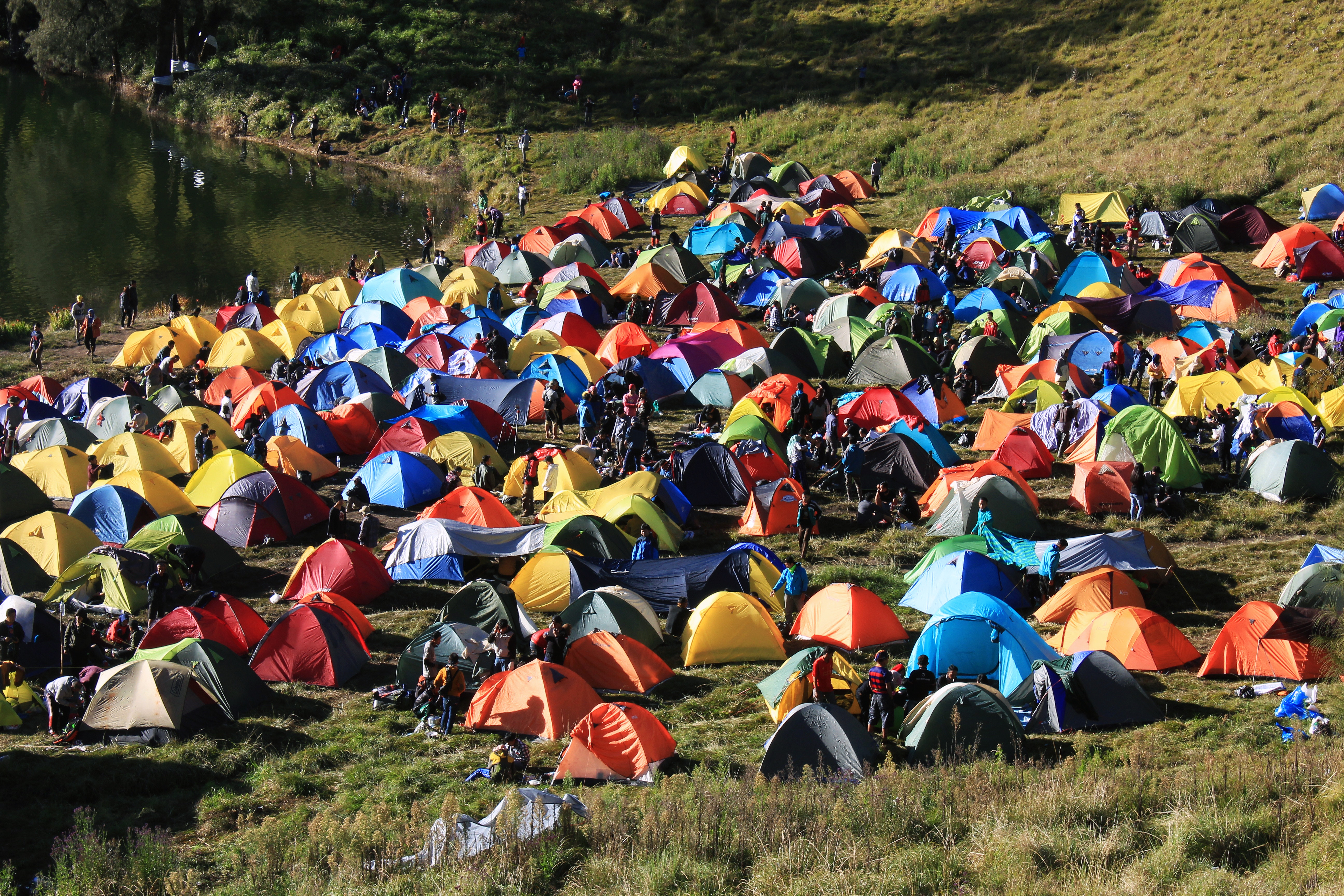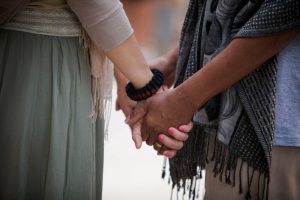 Indonesia (MNN) — The Indonesian island of Lombok has been hit with three powerful earthquakes since July 29.
Indonesia (MNN) — The Indonesian island of Lombok has been hit with three powerful earthquakes since July 29.
Three Earthquakes & 350,000 Displaced
The first earthquake on July 29 was a 6.4 magnitude earthquake. This triggered more than 500 aftershocks, the 6.9 magnitude earthquake on August 5, and the 5.9 magnitude earthquake on August 9.
These are some of the worst earthquakes in death toll and impact in the last ten years in Indonesia.
In December 2004, a 9.1 magnitude earthquake hit off the coast of Sumatra and triggered a tsunami that killed 230,000 people in a number of countries.
Now, over 400 people have been reported dead because of the collapsing of buildings and around 350,000 people have been displaced.
“Earthquakes in places where the construction is sometimes done without much government supervision and without a whole lot of like rebar or support systems means that a lot of buildings are not very secure and not built to withstand an earthquake,” Operation Mobilization’s [OM] Ellyn Schellenberg says.
As a result of extreme infrastructure damage, hundreds of thousands of people are living in open fields in makeshift shelters because their homes have been destroyed or it’s unsafe for them to return.
A Long Road of Relief Ahead
Humanitarian organizations have been arriving on the spot and begun distributing water, food, medical supplies, blankets, and field tents. However, aid has been slower to get to the most affected areas because of their remote locations.
“I think the government is working hard to meet the needs of the people and working with NGOs and INGOs, which is great, but it’s going to be a long-term commitment to seeing people placed back in safe homes again.”
Authorities have estimated that the island of Lombok has suffered more than 5 trillion rupiahs, or $342 million, in damages.
Spokesman of Indonesia’s National Disaster Investigation Agency, Sutopo Nugroho, said it will take trillions of rupiahs to restore the damages “and a lot of time to heal the lives of the people and the economy of Nusa Tenggara Barat,” which is the province home of Lombok.
Schellenberg says oftentimes, once a country is hit with a natural disaster, tourism takes a hit. However, one of the best ways to build up any country, including Indonesia, after a disaster is to visit. It helps the economy and plants seeds of growth even after disaster relief teams and organizations have left.
OM’s Work
OM works in Indonesia. Fortunately, employees have not been impacted because they are on a different island.
Schellenberg says, “Our team leader said that he had not received any direct requests from connections and partners that they have in the country of people who were affected and needed support. So, in that case, if [he] received a direct request, then he would step in and help… but until then, they don’t have an immediate plan to get involved.”

(Photo courtesy of Operation Mobilization via Facebook)
However, OM asks for your prayer for the nationals affected, the response teams, and for the government as they address this issue. Pray for safety and for people as they grieve the loss of friends, family members, and their homes. And pray for wisdom.
“There’s a lot of coordination between local government authorities and businesses that are involved in the relief as well and that often times, in situations like this, there’s a lot of pressure and a lot of people are looking, and watching, and prayer for wisdom,” is needed.
Aftershocks continue to shake the island and people are traumatized by the disaster. They need support, but they also need hope.
Pray that Christian organizations will form relationships that move people and help them to learn about Jesus.
“I think that prayer is our most powerful tool and often times, in the west that maybe just because we can’t physically be there, or we can’t give immediate physical assistance that we think we can’t do anything,” Schellenberg says.
“But that by praying for people, God answers our prayers and we’re able to cover people and ask for protection.”
